Fireground Decision Making [Part 2 of 3]
Size-up is all about gathering and evaluating information in order to make good fire ground decisions. In part 1 of this series I wrote about the size-up basics.
At the scene of a fire we gather and evaluate information at a very rapid pace. This can create gaps in the decision making process when we make quick decisions with incomplete information.
What can we do to close the gap between making quick decisions and making accurate decisions? We can pre-load valuable information and knowledge about our district and the buildings we respond to in a controlled and deliberate manner which will improve our ability to retain and quickly recall the information during an emergency. At the scene of a fire we will be able to make quick and accurate decisions with more complete information.
So who is responsible for conducting the size-up? Actually everybody on the fire ground should conduct a size-up! Each member has a specific function or role based on their rank and riding position and as such each of them have a different purpose for conducting a size-up, whether they are assigned to the engine or the truck.
We will be focusing on the members of the engine company. Let’s take a look at the crew and their responsibilities.
• Officer in Charge conducts a size-up to determine mode of attack, fire flow, line selection and placement.
• Driver Operator conducts a size-up to determine the best apparatus position and water supply needs.
• Firefighters conduct a size-up in order to make a successful stretch and advance to extinguish the fire.
General Size-up Considerations
During our size-up each member of the engine will be gathering and evaluating information about the structure we are operating in and the fire so they can fulfill their primary mission.
1. Type of Occupancy (residential, commercial, industrial etc…)
2. Type of Construction (wood frame, ordinary, non-combustible etc…)
3. What is the height (number of floors)
4. What is the size or area (how many square feet)
Sizing up the Fire
1. Determine the stage of the fire (incipient, growth, fully developed or decay)
2. Determine the location of the fire (Where is the fire? 1st floor? 2nd floor? basement? Where is it going?)
3. Determine the extent of the fire (What portion or percentage of the structure is on fire? 25%, 50% or fully involved)
4. Determine the potential of the fire (What types of materials are burning? What is the fire load)
5. Read the smoke (If no fire is visible, what is the smoke telling us)
Engine Company Size-up Considerations
1. Water Supply
Do we drop a supply line or work off our tank?
Do we have hydrants (Urban areas)?
Can we cover our own hydrant?
What is our alternate water source (rural setting)?
2. Apparatus Positioning
Do we pull past or stop short?
Make sure we leave room for the truck?
Are we operating in the front or rear of the structure?
Do we have a collapse hazard?
3. Fire Attack
Decide on our “mode of attack” (offensive or defensive remember what you learned from the article “The Engines Primary Mission: Mode of Attack [Part 2 of 6] ” article?!)
What is our needed fire flow?
What size line will we need (line selection)?
Where will we launch our attack (line placement)?
Now that we have reviewed the fire ground decision making process and size-up process and considerations; in my next article we will bring it all together and discuss the engine’s primary mission.
Until then be safe!

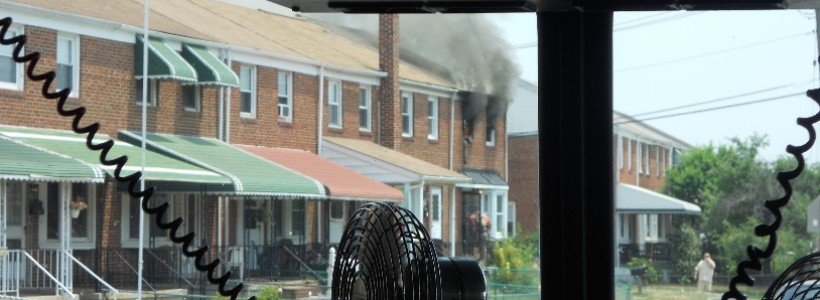
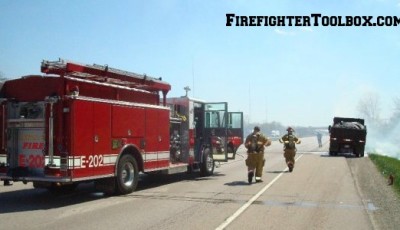
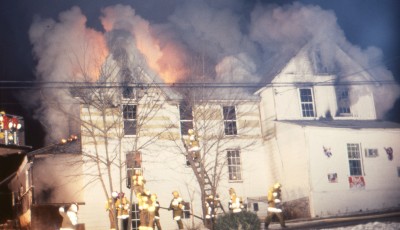
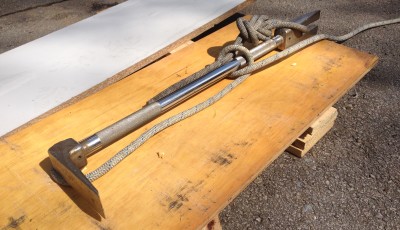
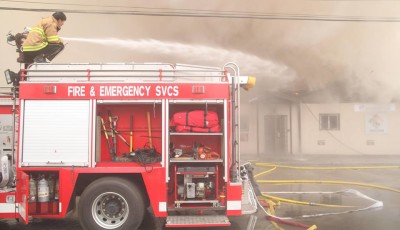

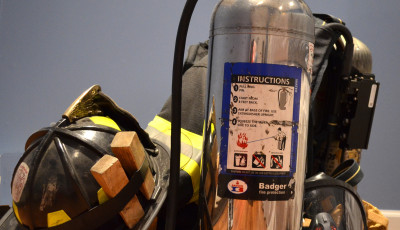
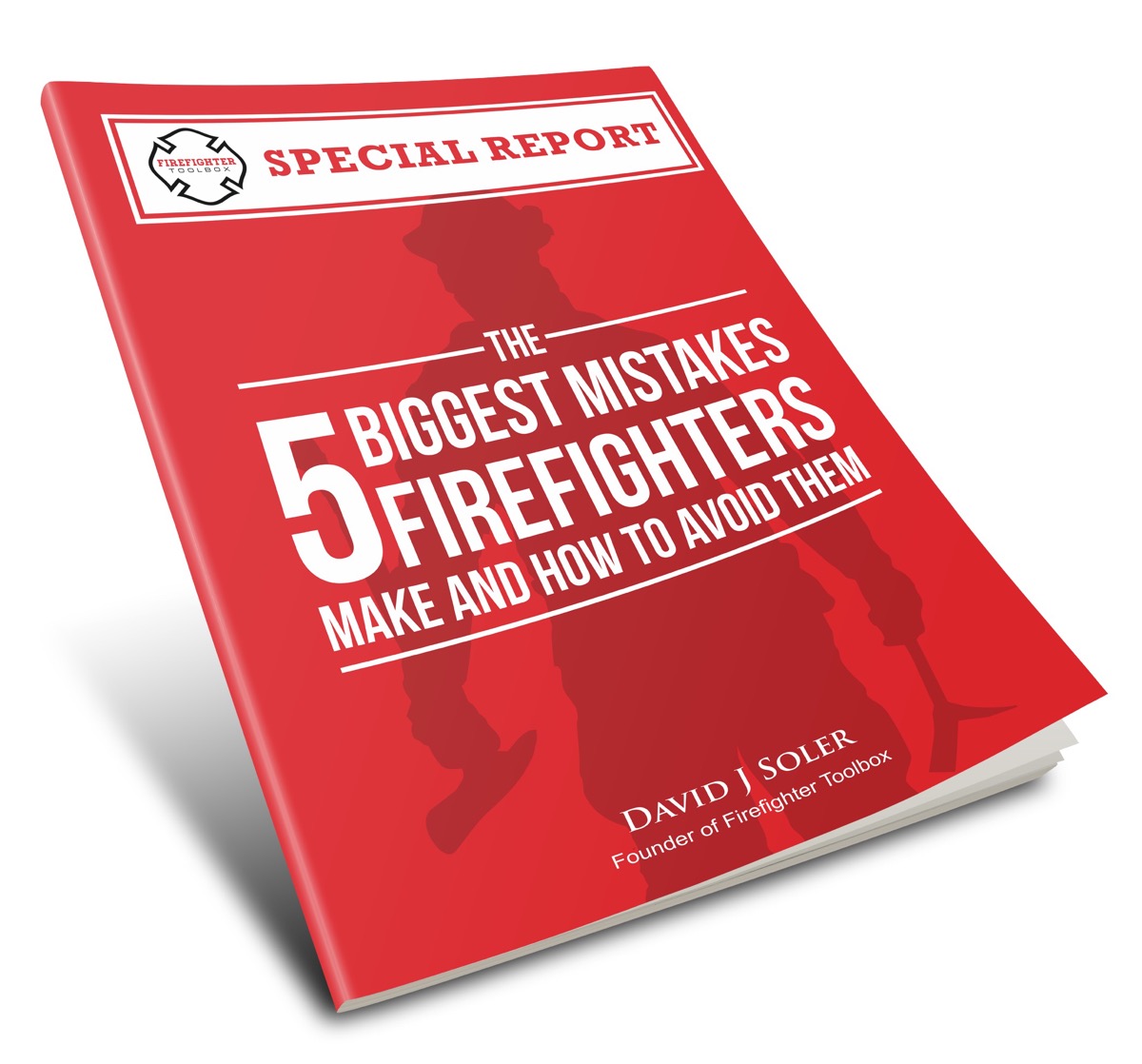



These are great points to keep in the “hard drive”, it all boils down to situational awareness.
The size up was a great part in this article.